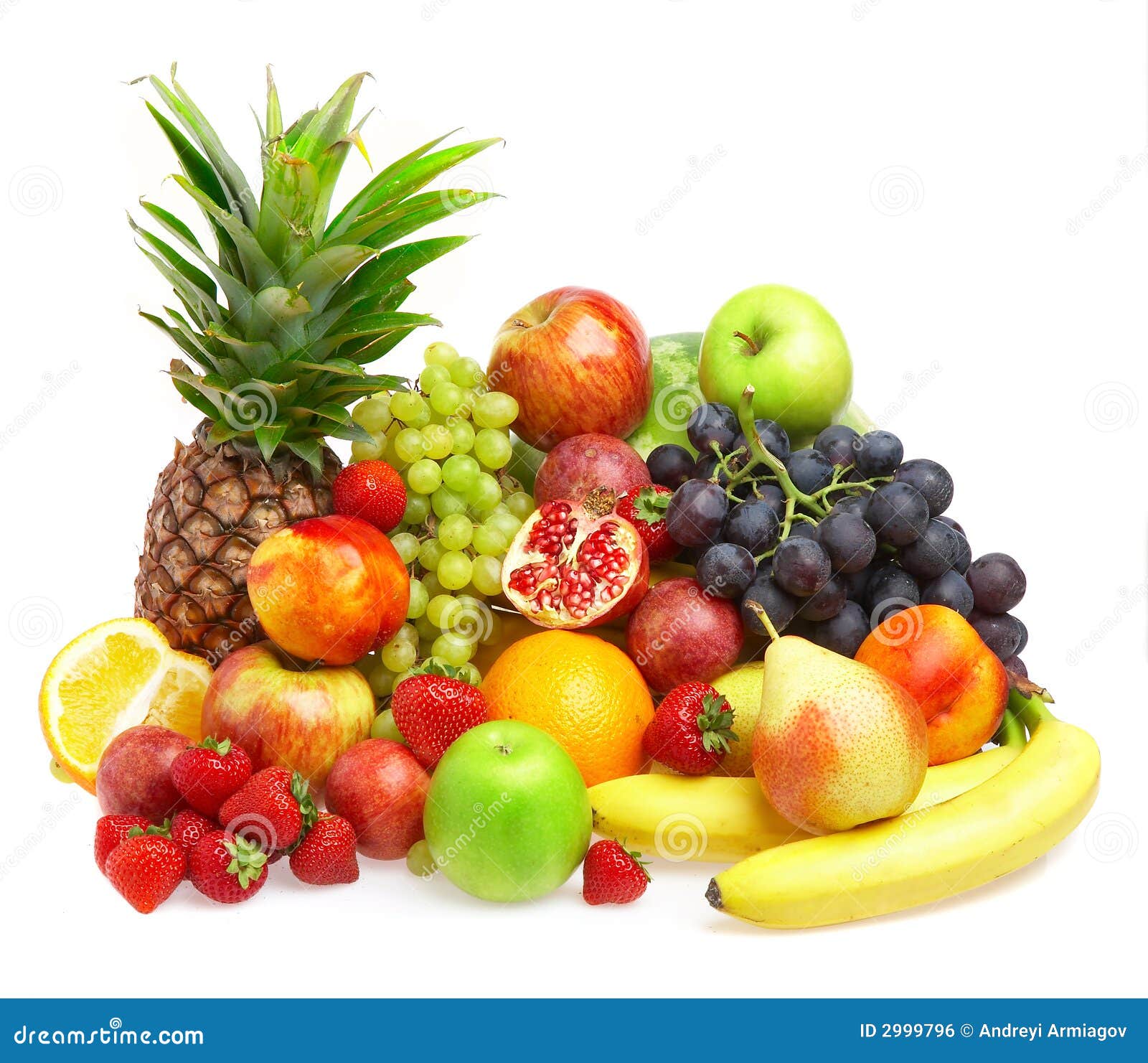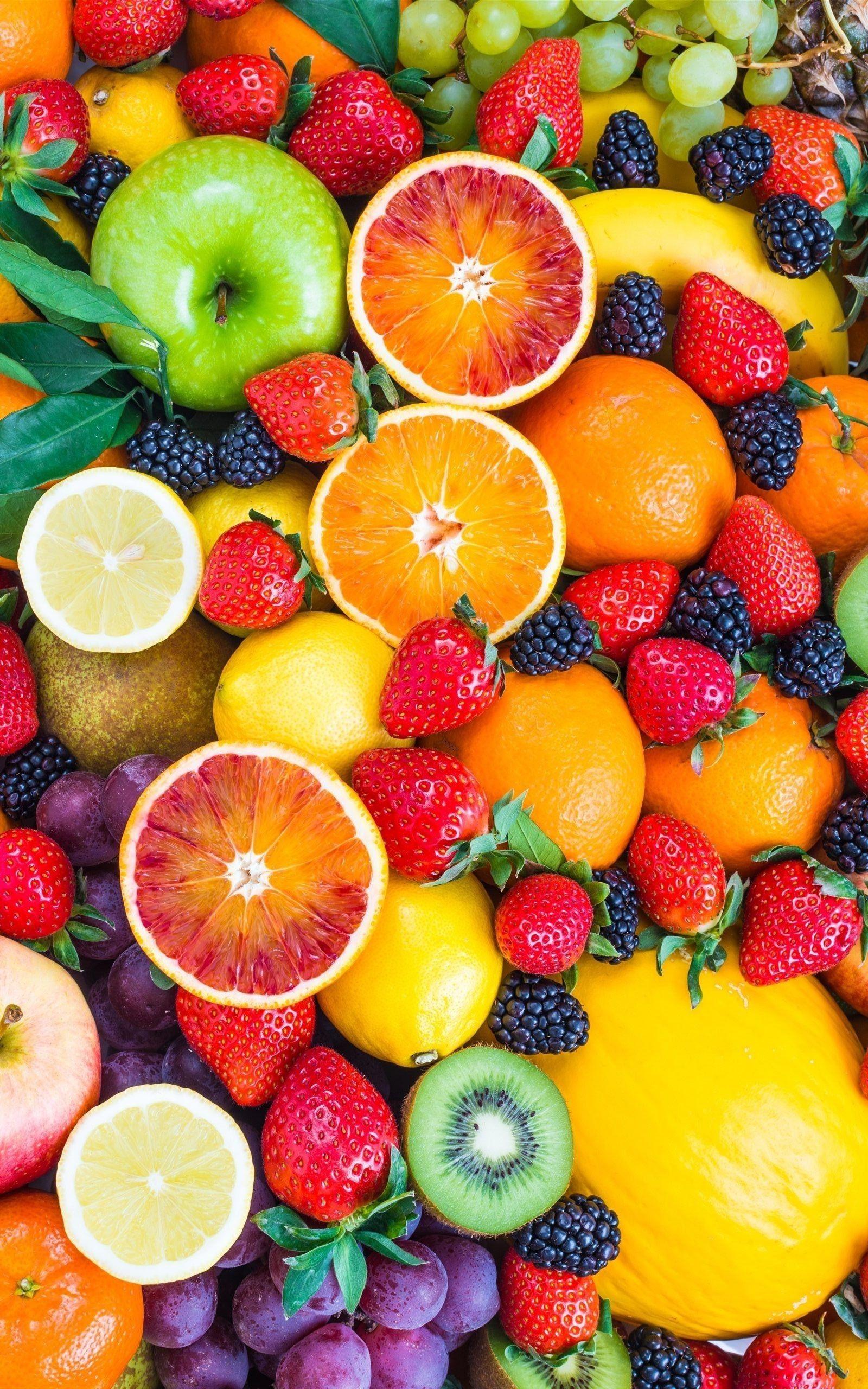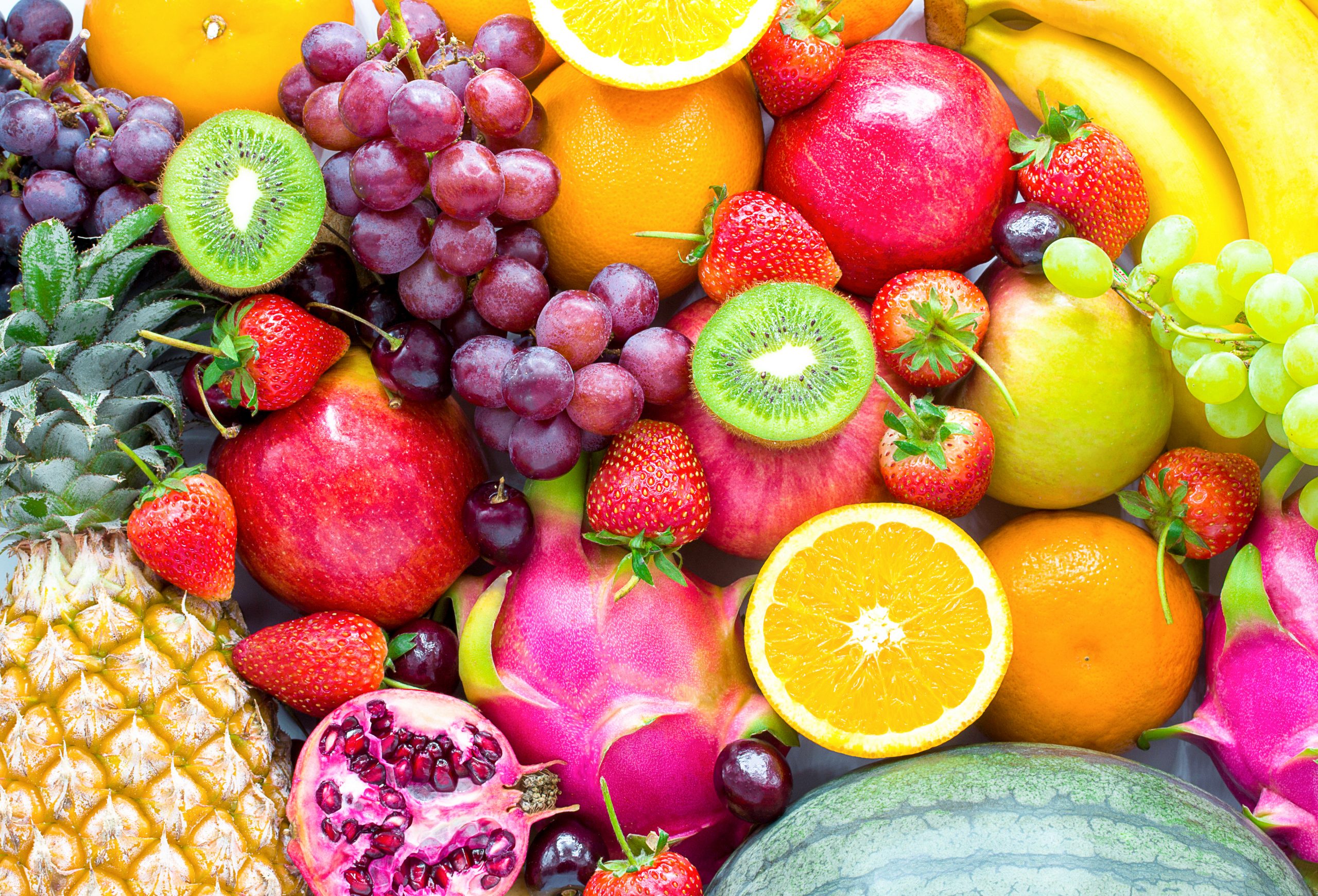Lavashak: Unveiling Iran's Ancient Sour & Salty Fruit Leather
Table of Contents
- Unveiling Lavashak: The Essence of Iranian Fruit Leather
- A Journey Through Time: The Ancient Roots of Lavashak
- The Art of Crafting Lavashak: From Fruit to Flavorful Sheet
- Lavashak Varieties: A Spectrum of Tastes
- Beyond the Snack: Lavashak in Persian Cuisine and Culture
- Lavashak in the West: A Taste of Persia Abroad
- Ensuring Quality and Safety: A Modern Perspective on an Ancient Treat
- The Enduring Appeal of Iranian Fruit Leather
Unveiling Lavashak: The Essence of Iranian Fruit Leather
Lavashak (لواشک) is the Persian name for a unique sour and salty fruit leather. It is characterized by its thin, firm, and dried layer, crafted from pure fruit puree or a masterful blend of different fruit purees. Unlike many Western fruit leathers that lean towards sweetness, Lavashak proudly embraces a bold, tangy profile, often enhanced with a hint of salt, making it an incredibly distinctive snack. The essence of this Iranian fruit leather lies in its simplicity and its profound depth of flavor, which comes directly from the concentrated fruit. Common fruits used in its creation include plums, apricots, and pomegranates, each contributing its own unique acidity and sweetness to the final product. The result is a chewy, intensely flavored sheet that captures the very soul of the fruit in a convenient, long-lasting form. This beloved treat has been a staple of Persian culinary tradition for centuries, evolving from a practical method of fruit preservation into a cherished delicacy.A Journey Through Time: The Ancient Roots of Lavashak
The history of Lavashak stretches back thousands of years, making it an ancient Iranian snack. Its origins are deeply intertwined with the necessity of preserving abundant summer fruits for consumption during colder months or lean times. In an era before refrigeration, drying was a crucial method to extend the shelf life of perishable produce. Lavashak was originally made by simply drying mashed fruit in the sun, a practice that continues in many traditional households today. This method not only preserved the fruit but also concentrated its flavors, creating a potent and satisfying food source. The name "Lavashak" itself offers a fascinating glimpse into its cultural context. It comes from the fruit leather's striking resemblance to thin Persian lavash bread. This comparison highlights not only its physical form but also its role as a staple, much like bread, providing sustenance and enjoyment. This ancient snack is perhaps one of the most popular souvenirs of Iran, holding a place of honor no less famous than Iranian saffron. Its enduring popularity speaks volumes about its timeless appeal and its deep integration into Persian culture and daily life.The Art of Crafting Lavashak: From Fruit to Flavorful Sheet
Creating authentic Iranian Fruit Leather, or Lavashak, is an art that combines traditional methods with a keen understanding of fruit characteristics. It's a process that transforms fresh, seasonal produce into a concentrated burst of flavor, embodying the very essence of the fruit. The meticulous steps involved ensure the distinctive texture and taste that make Lavashak so beloved.Selecting the Perfect Fruits for Your Lavashak
The choice of fruit is paramount in determining the final taste profile of Lavashak. Different fruits lend themselves to various flavor experiences, from intensely sour to subtly sweet and tangy. For those seeking a balance of sweet and sour, peaches and apples are often considered the best fruits for making this delightful treat. Their natural sugars mellow the acidity, creating a harmonious blend. However, for a truly authentic and intensely sour fruit leather, cherries (known as "albaloo" in Iran) and black plums are exceptional choices. These fruits pack a powerful punch of tartness that is highly prized in traditional Lavashak. Pomegranate fruit leather, known as "anar lavashak," is arguably one of the most popular and delicious varieties, celebrated for its amazing sour taste. Pomegranate is also rich in antioxidants, vitamin K, B6, and potassium, adding a nutritional boost to its delightful flavor. If a touch of barberry and a little bit of salt are added to pomegranate Lavashak, it becomes truly irresistible, showcasing the versatility and depth of this Iranian fruit leather.The Traditional Preparation Process
The journey from fresh fruit to a finished sheet of Lavashak involves several key steps, traditionally performed with care and precision. It begins by pureeing the selected fruit. This can be a single fruit or a combination, depending on the desired flavor profile. Once pureed, the fruit mixture is typically cooked with a minimal amount of sugar and sometimes spices to create a thick paste. This cooking process concentrates the flavors and helps to evaporate some of the water content, preparing it for drying. After cooking, the mass of overcooked fruit is often salted, a crucial step that contributes to the signature sour and salty taste of Lavashak. The mixture is then pressed through a sieve to ensure a smooth, uniform consistency, free from any pulp or seeds. Following this, the smooth puree is spread onto a surface, traditionally a cookie sheet or a large tray, in an even, thin layer, typically about ¼ inch (or approximately two millimeters) thick. A cake spatula can come in handy for spreading the mixture evenly. The thinness is vital for proper drying and achieving the characteristic firm texture of the Iranian fruit leather.The Role of Salt and Spices
The distinctive sour and salty taste of Lavashak is not accidental; it's a carefully crafted flavor profile that sets it apart. While the natural acidity of fruits like pomegranate, sour cherry, and plum forms the backbone of its tanginess, the addition of salt is fundamental to achieving the authentic Lavashak experience. Salt not only enhances the existing sour notes but also acts as a natural preservative, contributing to the fruit leather's longevity. Beyond salt, subtle spices can also be incorporated, though the primary focus remains on the fruit's natural essence. As mentioned, the inclusion of barberry, a highly tart berry common in Persian cuisine, alongside a touch of salt, can elevate pomegranate Lavashak to an "irresistible" level, demonstrating how simple additions can dramatically impact the flavor complexity of this Iranian fruit leather. This thoughtful balance of sour, sweet (from the fruit's natural sugars), and salty creates a multi-dimensional taste that is both refreshing and deeply satisfying.Drying Methods: Sun-Kissed Tradition to Modern Convenience
The final, crucial step in making Lavashak is the drying process. Traditionally, after the fruit puree is spread in thin layers in trays, these trays are put on the roofs of houses to dry under the sun. This method, harnessing the natural warmth and air circulation of the sun, imbues the Iranian fruit leather with a unique character and flavor that many believe cannot be replicated by artificial means. The sun's gentle heat slowly evaporates the moisture, concentrating the fruit's sugars and acids, and resulting in the firm, pliable texture characteristic of Lavashak. The exact time needed for drying depends on several factors, including the fruit roll’s thickness, the amount of water remaining in the puree, and the ambient humidity and temperature. It can take several days for the Lavashak to be completely done. The fruit leather is considered ready when there is no visible wetness and it separates easily from the paper or drying surface. Once fully dried, it is cut into strips or pieces and is ready to be enjoyed. While sun-drying remains the traditional and preferred method for many, modern techniques like food dehydrators are also used, offering a more controlled and faster drying process, especially in climates where consistent sun exposure isn't guaranteed. However, the essence of Lavashak, whether sun-dried or machine-dried, remains its concentrated fruit flavor.Lavashak Varieties: A Spectrum of Tastes
The world of Iranian Fruit Leather is rich with diverse flavors, primarily dictated by the fruits used in its preparation. Each variety offers a unique taste experience, catering to different preferences and occasions. One of the most celebrated and popular types is **Pomegranate Fruit Leather**, known as "anar lavashak." It boasts an amazing sour taste, a testament to the fruit's inherent tartness. Its vibrant red hue and intense flavor make it a favorite among many. As noted, pomegranate is also a powerhouse of antioxidants, vitamin K and B6, and potassium, adding a healthy dimension to this delicious treat. **Sour Cherry Lavashak**, or "albaloo lavashak," is another culinary treasure that celebrates the richness of Persian culture. Its deep red color and pronounced sourness make it a highly sought-after variety, offering a true taste of Iran's traditional fruit preserves. Beyond these two prominent types, Lavashak can be made from a wide array of fruits. **Plum Lavashak** is common, offering a balance of sweet and tart depending on the plum variety. **Apricot Lavashak** tends to be sweeter and milder, while combinations like **Pear and Plum Fruit Leather** provide interesting flavor complexities. If the pears used are sour, the final result will naturally be a sour fruit leather, demonstrating how the fruit's original characteristics translate directly into the Lavashak's profile. This extensive range of options ensures that there's a Lavashak for every palate, from intensely sour to pleasantly tangy.Beyond the Snack: Lavashak in Persian Cuisine and Culture
While Lavashak is widely enjoyed as a convenient and flavorful snack, its role in Persian culture extends far beyond a simple treat. It is deeply interwoven into the culinary fabric of Iran, serving various purposes and holding significant cultural value. As a snack, it's unparalleled. Its portability, long shelf life, and concentrated flavor make it an ideal on-the-go option, perfect for satisfying a sudden craving for something tangy and refreshing. It's also a common offering during gatherings and celebrations, reflecting the warmth and hospitality of Persian culture. Moreover, Lavashak finds its way into various Persian dishes, adding a unique sour and salty dimension. It can be used to impart a tangy kick to stews, soups, or even rice dishes, much like how other sour agents are employed. Its concentrated flavor can deepen the complexity of savory meals, creating a delightful interplay of tastes. For instance, the essence of pomegranate, available as âb anâr (juice), lavâshak anâr (fruit leather), dried seeds, or powder form, is used extensively in Persian cooking. Beyond traditional meals, Lavashak has even inspired modern culinary creations. Some ice cream joints around town, particularly in Iran, offer "majoon anâr," which is a decadent bowl of everything pomegranate: ice cream, paste, fresh kernels, and of course, pomegranate fruit leather. This innovative use showcases the versatility and beloved status of this Iranian fruit leather. Perhaps most notably, Lavashak is one of the most popular souvenirs of Iran. Tourists and visitors often seek it out, recognizing it as a unique and authentic representation of Persian culinary heritage. Its distinct taste and cultural significance make it a memorable gift, no less famous than iconic Iranian saffron, symbolizing the rich flavors and traditions of the country.Lavashak in the West: A Taste of Persia Abroad
The allure of Iranian Fruit Leather, or Lavashak, has transcended geographical boundaries, making its way to Western markets and captivating a broader audience. Its unique sour and salty profile, so distinct from typical sweet fruit snacks, has found a growing appreciation among those seeking new and authentic culinary experiences. The availability of sour fruit leather in Iranian specialty stores across America, particularly in high-concentration Iranian communities like Los Angeles and New York, dates back to the early 1980s. This early presence allowed Iranian expatriates to maintain a connection to their culinary heritage, bringing a taste of home to their new surroundings. Over the decades, as cultural exchange has flourished, Lavashak has slowly but steadily gained recognition beyond these specific communities. Today, you can find various forms of Iranian fruit leather in ethnic grocery stores, international food markets, and increasingly, online. This wider accessibility allows more people to experience the complex flavors of pomegranate, sour cherry, and plum Lavashak. The internet, in particular, has played a significant role in introducing this traditional Persian snack to a global audience, with food bloggers and enthusiasts sharing recipes and extolling its virtues. The demand for authentic, unique food products continues to grow, and Lavashak, with its rich history and distinctive taste, is perfectly positioned to meet this curiosity, offering a genuine culinary treasure from Iran to the world.Ensuring Quality and Safety: A Modern Perspective on an Ancient Treat
While Iranian Fruit Leather is a delicious and culturally significant snack, it's important to approach its consumption with an awareness of quality and safety, especially concerning traditionally produced varieties. The "Data Kalimat" notes that "since the fruit leather is traditionally produced in Iran and is usually kept in unsuitable conditions, it is likely that most of them are contaminated, including fungi (Mandeel, 2005)." This highlights a crucial aspect of food safety, particularly for products made through traditional, often unregulated, methods. The traditional sun-drying process, while authentic and environmentally friendly, can expose the fruit puree to environmental contaminants such as dust, insects, and airborne microorganisms, including fungi. If not dried completely or stored properly, moisture can remain, creating an ideal environment for mold growth. The reference to Mandeel (2005) underscores the importance of proper hygiene, drying conditions, and storage to ensure the safety of the product. For consumers, especially those outside Iran, it's advisable to source Lavashak from reputable suppliers who adhere to modern food safety standards. Look for products that are properly packaged, have clear ingredient lists, and ideally, are produced in facilities that follow hygienic practices. Homemade Lavashak, where one can control the cleanliness of the ingredients and drying environment, offers a safe and delicious alternative. When making it at home, ensure all utensils are clean, the fruit is thoroughly washed, and the drying surface is protected from contaminants. Proper drying until "no visible wetness" remains and subsequent airtight storage are key to preventing spoilage and ensuring that this ancient treat remains a safe and enjoyable part of your culinary experience.The Enduring Appeal of Iranian Fruit Leather
Iranian Fruit Leather, or Lavashak, stands as a testament to the timeless appeal of simple, natural ingredients transformed through age-old techniques. Its unique sour and salty profile offers a refreshing departure from overly sweet snacks, providing a complex flavor experience that is both invigorating and deeply satisfying. Whether enjoyed as a convenient, on-the-go snack or thoughtfully incorporated as a flavorful addition to your favorite recipes, this homemade delight offers a true taste of Iran, a culinary journey to the heart of Persia. The enduring charm of Lavashak lies not only in its distinctive taste but also in its rich history and cultural significance. It embodies the ingenuity of ancient preservation methods and celebrates the abundance of nature's harvest. From the vibrant pomegranate to the tart sour cherry, each piece of Iranian fruit leather tells a story of tradition, family, and the joy of shared flavors. Experience the warmth and hospitality of Persia with our sour cherry Lavashak fruit leather, a culinary treasure that celebrates the richness of Persian culture and invites you to savor a truly unique and unforgettable taste. What are your favorite memories or experiences with Lavashak? Have you ever tried making it at home? Share your thoughts and questions in the comments below, and let's continue to celebrate the incredible world of Iranian fruit leather!- Courtney Henggeler
- Misav Com
- Paris Jackson Mother Debbie Rowe
- Images Of Joe Rogans Wife
- Seo Rank Tracking Software With Tasks

Fruit stock photo. Image of lifestyle, dieting, autumn - 2999796

Orange Fruit Wallpapers - Top Free Orange Fruit Backgrounds

The truth about fruit - Seniors Today